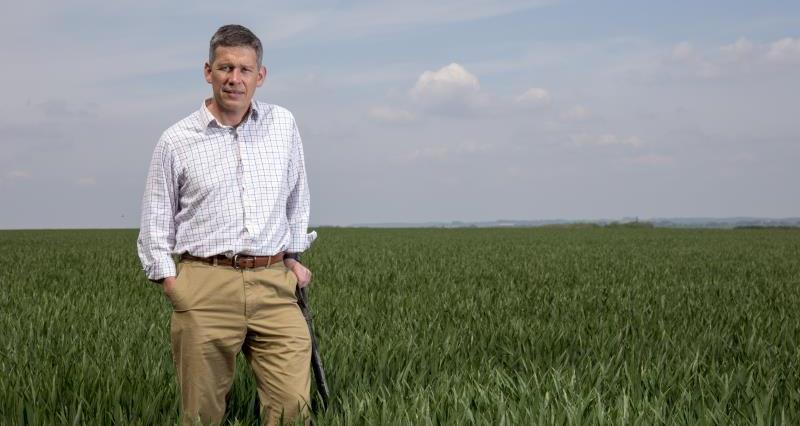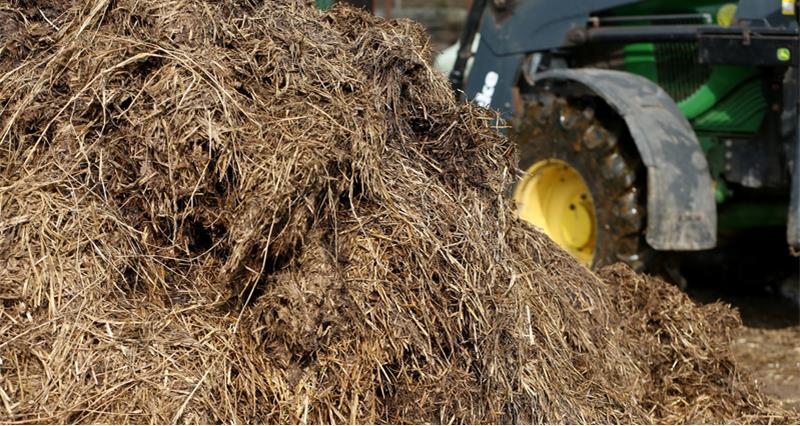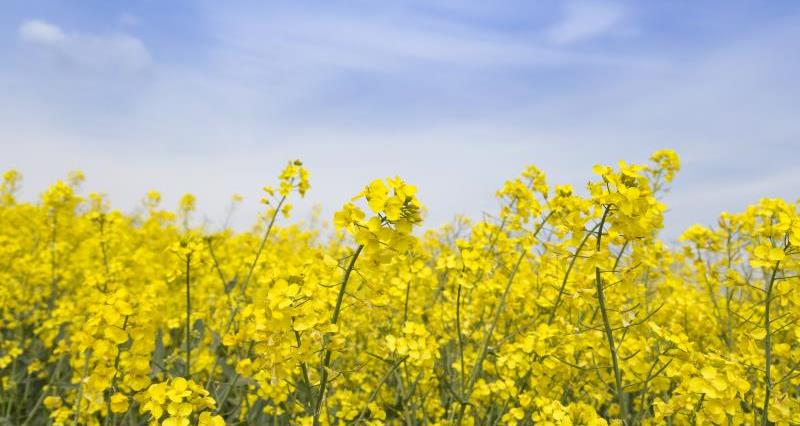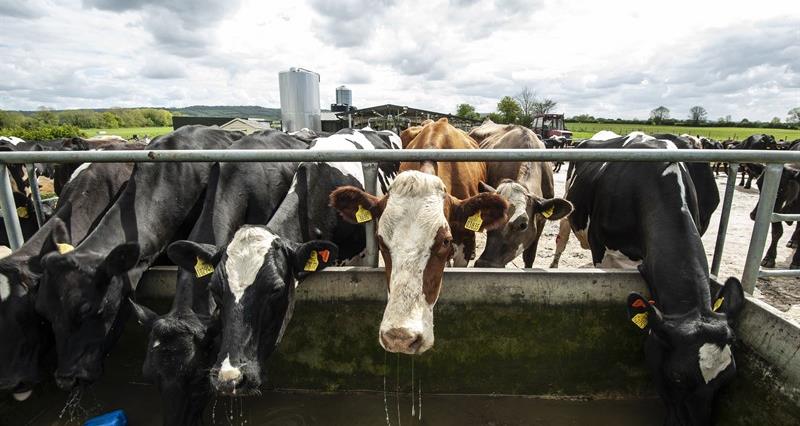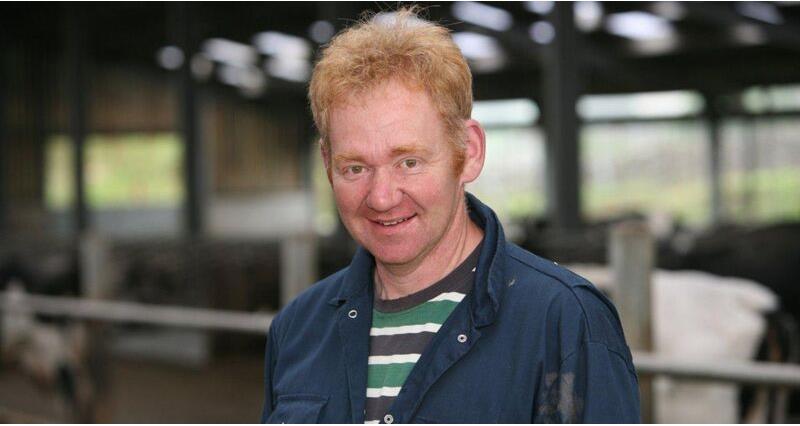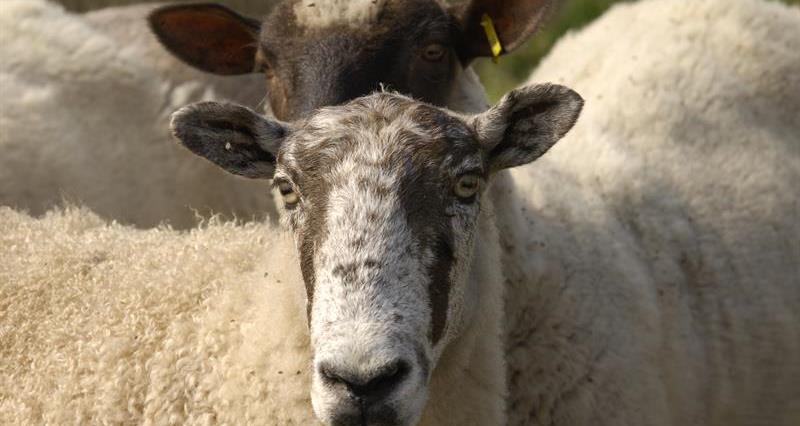One of the best things about agriculture in Pembrokeshire is the sheer diversity in farming enterprises within the county. We have been very lucky in the past to have been able to use the muck from the cattle and sheep on the farm within the arable rotation.
Unfortunately, the continual battle with TB has meant that we have now decided to cease beef production. We will still have the muck from the family’s horses and the sheep but, ultimately, we won’t have the same volume of manure that we did.
OSR straw gets the chop
As you can image, straw in West Wales is of high value and until this year we have always baled everything including OSR (oilseed rape) straw, only ever chopping bean straw. However, with the loss of the farmyard manure from the cattle I have taken the decision to chop the OSR straw this year.
We are always looking for sources of nutrients on farm. In the past, we have taken poultry manure and this has provided a fantastic source of P and K. However, it’s not without its dangers and we have had issues with importing grass weeds with the manure.
We will hopefully continue to buy poultry manure, but will aim to compost it instead and quarantine it on farm for as long as possible before applying.
Keeping nutrients in the ground
I’ve always been a fan of harvesting nature’s own nutrients. We have grown cover crops as part of the rotation for as long as I can remember, back before they were cool when they were just known as catch crops. Not only are they fantastic for the soil but they have helped us reduce our cultivation massively, particularly in front of the potato crop.
By continually having a crop growing in the field, I’m sure that the cover crops are doing a great job of not only holding onto the nutrients in the soil, but also making those same nutrients readily available to the next crop.
I’m also a big fan of the technology available to us to support better and more precise nutrient applications.
Recommending soil mapping
I tend to be very sceptical of products and services that come from the big agronomy companies. But I feel our investment in precision soil mapping has got to be one of the best returns on investment we have made.
Differences in nutrient status, within even our small Pembrokeshire fields, can be vast – particularly pH. Targeting expensive inputs in a more precise way must be a no-brainer!
More from our nutrient cycling series
